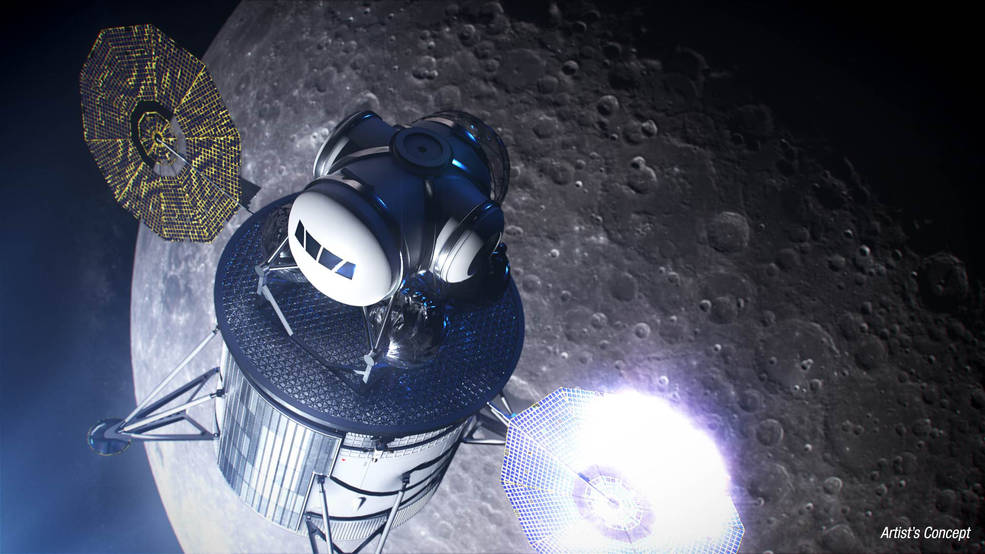NASA Tech Developed for Home Health Monitoring

Even before we’re aware of heart trouble or related health issues, our bodies give off warning signs in the form of vibrations. Technology to detect these signals has ranged from electrodes and patches to watches. Now, an innovative wall-mounted technology is capable of monitoring vital signs. Advanced TeleSensors Inc. developed the Cardi/o Monitor with an exclusive license from NASA’s Jet Propulsion Laboratory in Southern California.
Over the course of five years, NASA engineers created a small, inexpensive, contactless device to measure vital signs, a challenging task partly because monitoring heart rate requires picking out motions of about one three-thousandth of an inch, which are easily swamped by other movement in the environment.
By the late 1990s, hardware and computing technology could meet the challenge, and the NASA JPL team created a prototype the size of a thick textbook. It would emit a radio beam toward a stationary person, working similarly to a radar, and algorithms differentiated cardiac and respiratory activity from the “noise” of other movements.
When Sajol Ghoshal, now CEO of Austin, Texas-based Advanced TeleSensors, participated in a demonstration of the prototype, he saw the potential for in-home monitoring. By then, developing an affordable device was possible due to the miniaturization of sensors and computing technology.





